Water damage can wreak havoc on homes and properties, leading to significant expenses. When faced with water damage, it’s essential to understand the restoration process and the factors that affect the overall cost. This article aims to shed light on water damage restoration costs, providing insights into the various elements that influence pricing and offering tips to minimize expenses. The average cost of water damage restoration is between $1,200 and $5,800. It’s not a cheap service, but it’s critical in many situations.
Understanding Water Damage Restoration
Water damage restoration refers to the process of restoring properties affected by water intrusion, whether from natural disasters, plumbing issues, or other incidents. It involves assessing the damage, removing excess water, drying the affected area, cleaning and sanitizing, and making necessary repairs.
Classes of Water Damage
Class 1: This class involves minimal water absorption and affects only a small area. It has a slow evaporation rate.
Class 2: Water damage in this class affects an entire room or area, with a fast evaporation rate.
Class 3: This class involves the fastest evaporation rate, affecting ceilings, walls, carpets, and subfloors.
Class 4: Requires specialized drying techniques due to significant saturation and absorption into materials such as hardwood, concrete, and plaster.
| Class | Price range |
| Class 1 | $150 – $500 |
| Class 2 | $550 – $1,000 |
| Class 3 | $1,100 – $3,200 |
| Class 4 | $20,000 – $100,000 |
Understanding Categories of Water Damage
Clean Water
Clean water is defined as water that remains uncontaminated by chemicals or harmful substances like fecal matter. Damage caused by clean water typically arises from issues such as leaks in faucets, toilet tanks, or water heaters. The average expense for repairing clean water damage is around $3 to $4 per square foot.
The primary focus during the cleanup process following a clean water leak is drying, which explains why the costs are comparatively lower compared to other forms of water damage. Nonetheless, clean water damage can still result in substantial impacts, leading to increased cleanup expenditures. For instance, if your carpet has been affected, you can anticipate spending anywhere between $1 and $11 per square foot for the drying process. Repairing or replacing damaged drywall might cost between $1 and $3 per square foot.
Gray Water
Gray water refers to water that has been exposed to potentially harmful substances such as laundry detergent or food particles, often resulting from incidents like dishwasher leaks. Due to the higher risk of contamination associated with gray water, the cost of restoring water damage is slightly elevated, ranging from $4 to $7 per square foot.
Similar to clean water damage, additional expenses may be incurred to address other forms of harm caused by the water’s presence in your home. For instance, replacing hardwood flooring typically amounts to $10 to $15 per square foot, while repairing damaged drywall costs around $1 to $3 per square foot.
Black Water
The most severe form of water damage that can occur in a home is known as black water. This refers to water that has been exposed to a known contaminant, typically sewage or groundwater. The average cost of restoring black water damage ranges from $7 to $7.50 per square foot.
However, the expenses don’t end there. Since black water is contaminated with harmful bacteria and poses significant health risks, anything that comes into contact with the water must be replaced. This includes items such as drywall, furniture, flooring, and carpeting, as well as clothing and other belongings. Due to the extensive nature of the damage and the need for complete replacement, it is impossible to provide an accurate estimate of the total costs associated with black water damage.
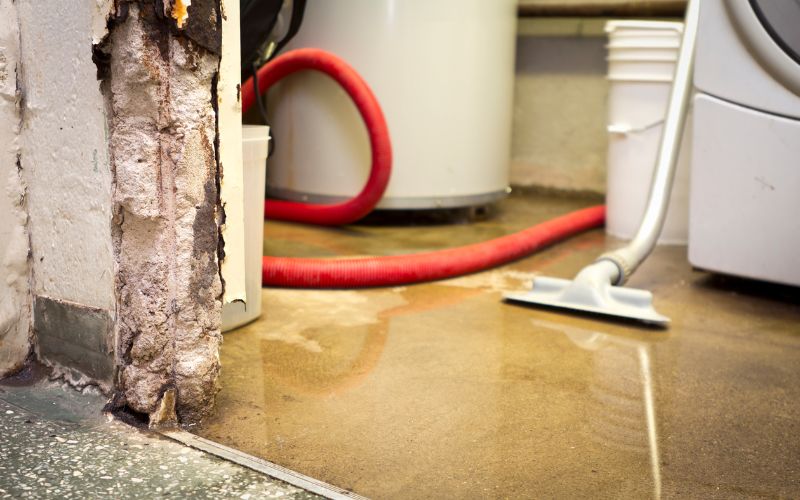
Factors Affecting Cost of water damage restoration
The Severity of the Damage
The severity of the water damage is a crucial factor in determining the restoration cost. Minor incidents, such as a small leak, may only require minimal repairs and drying. On the other hand, extensive flooding or long-term leaks can lead to structural damage, mold growth, and additional complications, increasing the overall cost.
Size of the Affected Area
The size of the affected area directly impacts the restoration cost. Larger areas require more equipment, materials, and labor to complete the restoration process. Additionally, water can penetrate hidden spaces, such as walls and subflooring, further increasing the scope of work and expenses.
Water Source and Contamination Level
The source and contamination level of the water also influence the cost. Clean water is easier and less expensive to handle compared to contaminated or black water, which requires specialized equipment, protective gear, and thorough disinfection protocols.
Time Taken for Restoration
The duration of the restoration process affects the cost as well. Prompt action is crucial to prevent further damage and minimize expenses. Delaying restoration can lead to additional complications, such as mold growth, which can significantly increase the overall restoration cost.
The Restoration Process
Step 1: Safety First
Before initiating any restoration efforts, ensure your safety and that of your family members. If possible, turn off the main power supply and shut off the water source. It’s also crucial to identify any potential hazards, such as structural damage or exposed electrical wires. If the damage is extensive, consider evacuating the premises until professional help arrives.
Step 2: Assessing the Damage
Thoroughly evaluate the extent of the water damage to determine the appropriate restoration plan. Take note of affected areas, including walls, floors, ceilings, and personal belongings. Document the damage with photographs or videos to aid in insurance claims if necessary.
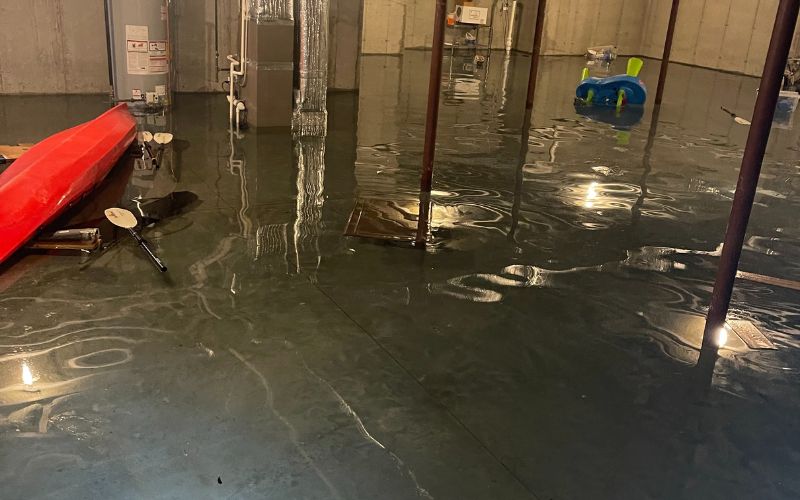
Step 3: Water Removal
To prevent further damage, it’s essential to remove standing water as quickly as possible. Depending on the severity of the water damage, you can utilize various methods:
- Submersible pumps: Ideal for high-volume water removal, especially in flooded basements.
- Wet/dry vacuums: Effective for removing smaller amounts of water from floors and carpets.
- Mops and towels: Useful for soaking up residual moisture.
- Remember to wear protective gear, such as gloves and boots, while performing water removal.
Step 4: Drying and Dehumidification
Once the standing water is removed, the drying process begins. Proper ventilation and dehumidification are crucial to prevent mold growth and further damage. Here are some key points to consider:
- Open windows and doors to improve air circulation.
- Use industrial fans and dehumidifiers to expedite the drying process.
- Remove any wet materials, such as carpets or furniture, to aid in the overall drying.
Step 5: Cleaning and Disinfecting
After thoroughly drying the affected area, it’s essential to clean and disinfect all surfaces, furniture, and personal belongings. This step helps eliminate potential contaminants and prevents the growth of mold and bacteria. Consider the following:
- Use appropriate cleaning agents recommended for water damage restoration.
- Disinfect affected surfaces, including walls, floors, and furniture.
- Launder or dry-clean affected clothing, curtains, and other fabric materials.
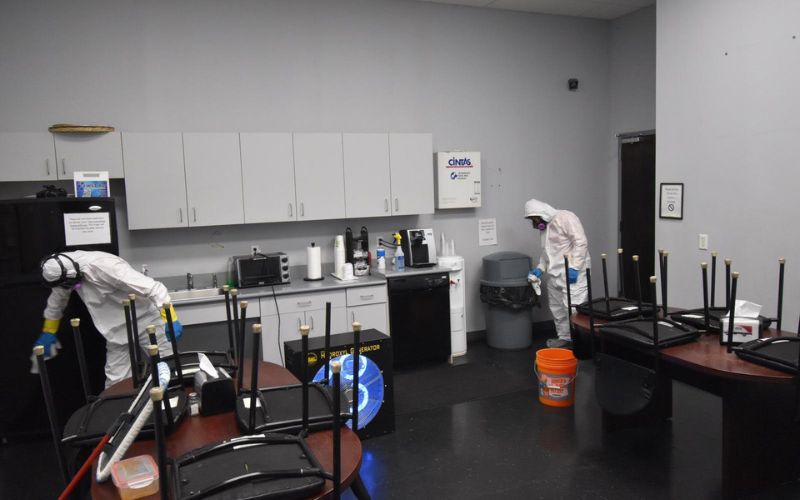
Step 6: Restoration and Repairs
Once the cleaning and disinfection process is complete, you can begin restoring your home to its pre-damage condition. This may involve repairs to walls, ceilings, flooring, and other affected areas. Consider the following:
- Replace damaged drywall, insulation, or flooring materials.
- Repair or replace electrical systems that may have been compromised.
- Repaint walls and ceilings to restore aesthetic appeal.
Step 7: Preventive Measures
To minimize the risk of future water damage, take proactive steps to safeguard your home:
- Regularly inspect and maintain plumbing systems, including pipes, faucets, and water heaters.
- Install water detection devices and alarms to alert you of potential leaks or burst pipes.
- Ensure proper drainage around your home’s foundation and clear gutters regularly.
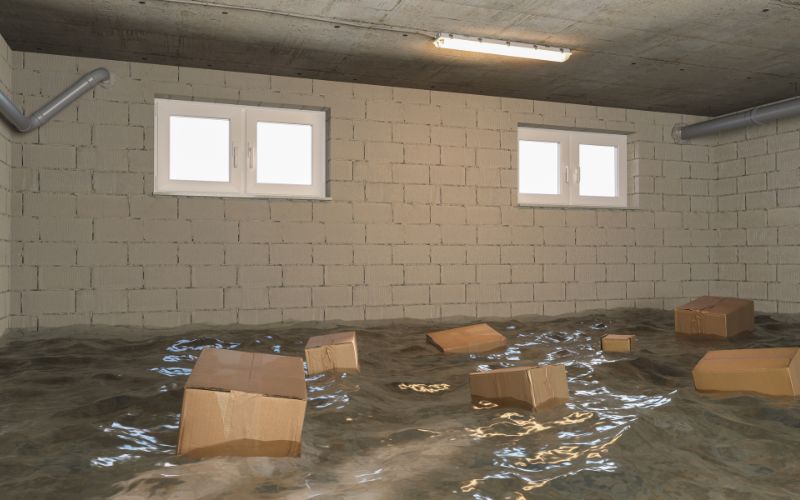
Tips to Minimize Water Damage Restoration Cost
While water damage restoration costs can be significant, homeowners can take certain measures to minimize expenses. Here are some helpful tips:
1. Prompt Action and Mitigation
Taking immediate action to mitigate water damage can prevent further destruction and minimize the overall cost. Promptly stopping the water source, extracting excess water, and drying the affected area can significantly reduce the restoration requirements.
2. Documenting the Damage
Documenting the damage through photographs and detailed notes is crucial for insurance claims and cost estimation. Ensure to capture the extent of the damage, affected areas, and any valuable possessions that might need replacement.
3. Getting Multiple Quotes
Obtaining multiple quotes from reputable restoration companies allows homeowners to compare prices and services.
Conclusion
Water damage can be a challenging experience for any homeowner. If you are seeking effective management of water damage, it is advisable to utilize the services of water damage experts, particularly when the damage is severe. Remember, if the damage is extensive or beyond your capabilities, it’s best to seek professional assistance. At Restoration Operators, we are here to provide you with the expertise and support needed to restore your home to its former glory. Act swiftly, prioritize safety, and let us help you through the water damage restoration process.



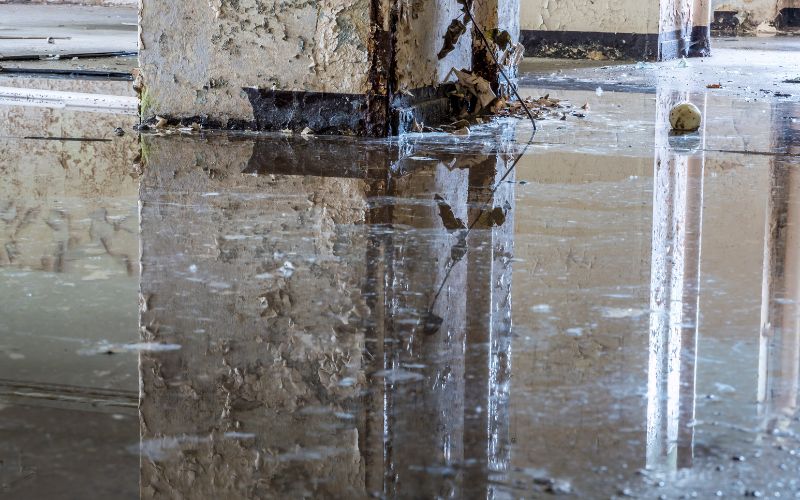
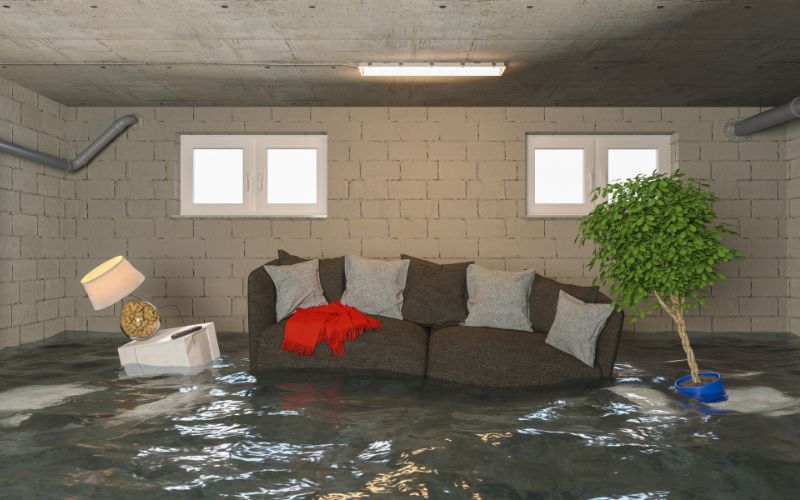
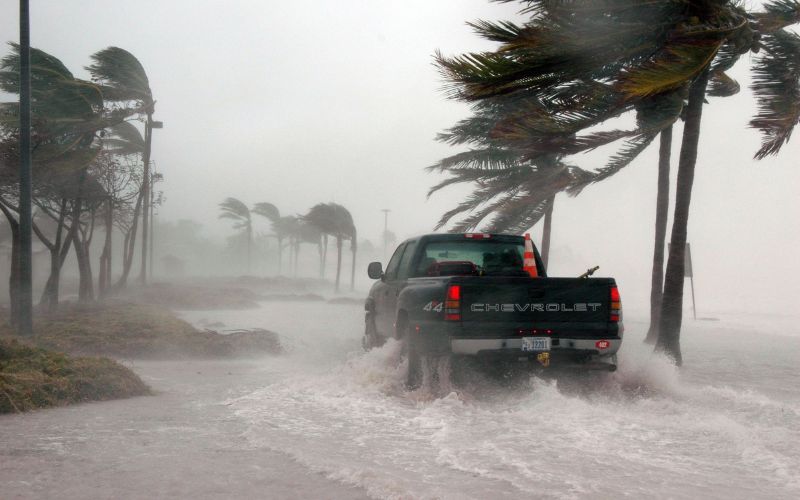
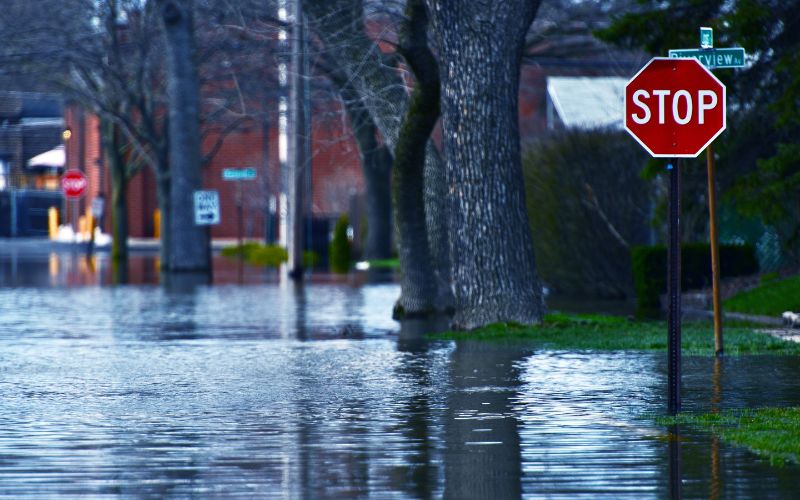
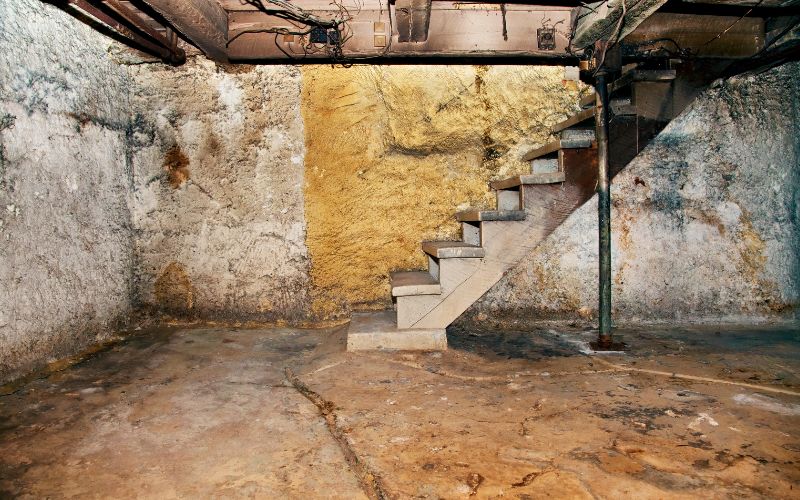
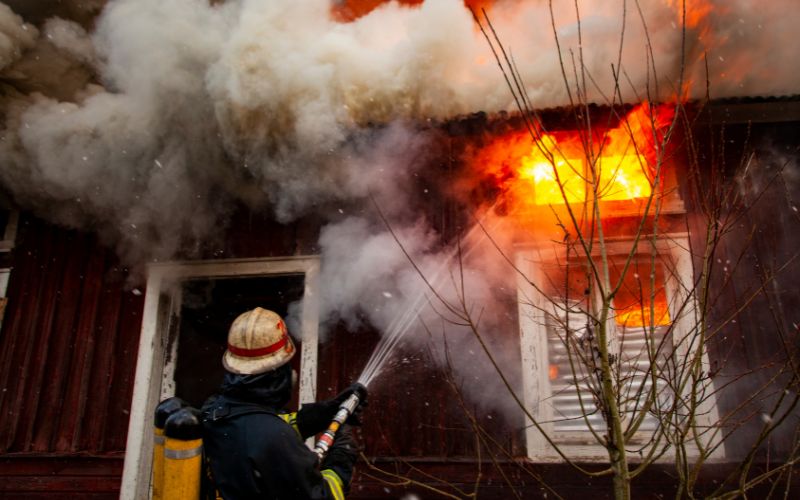




 by
by